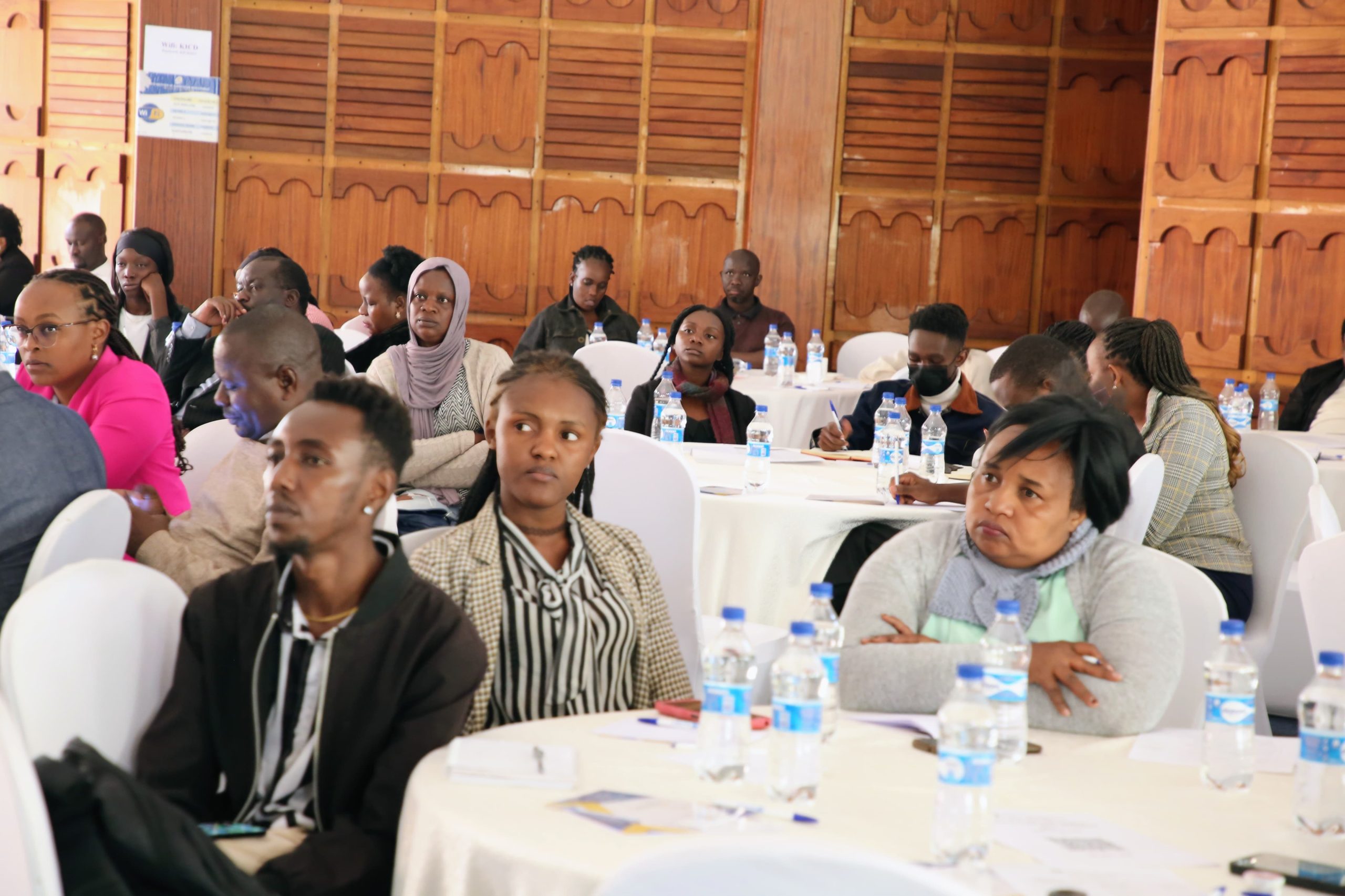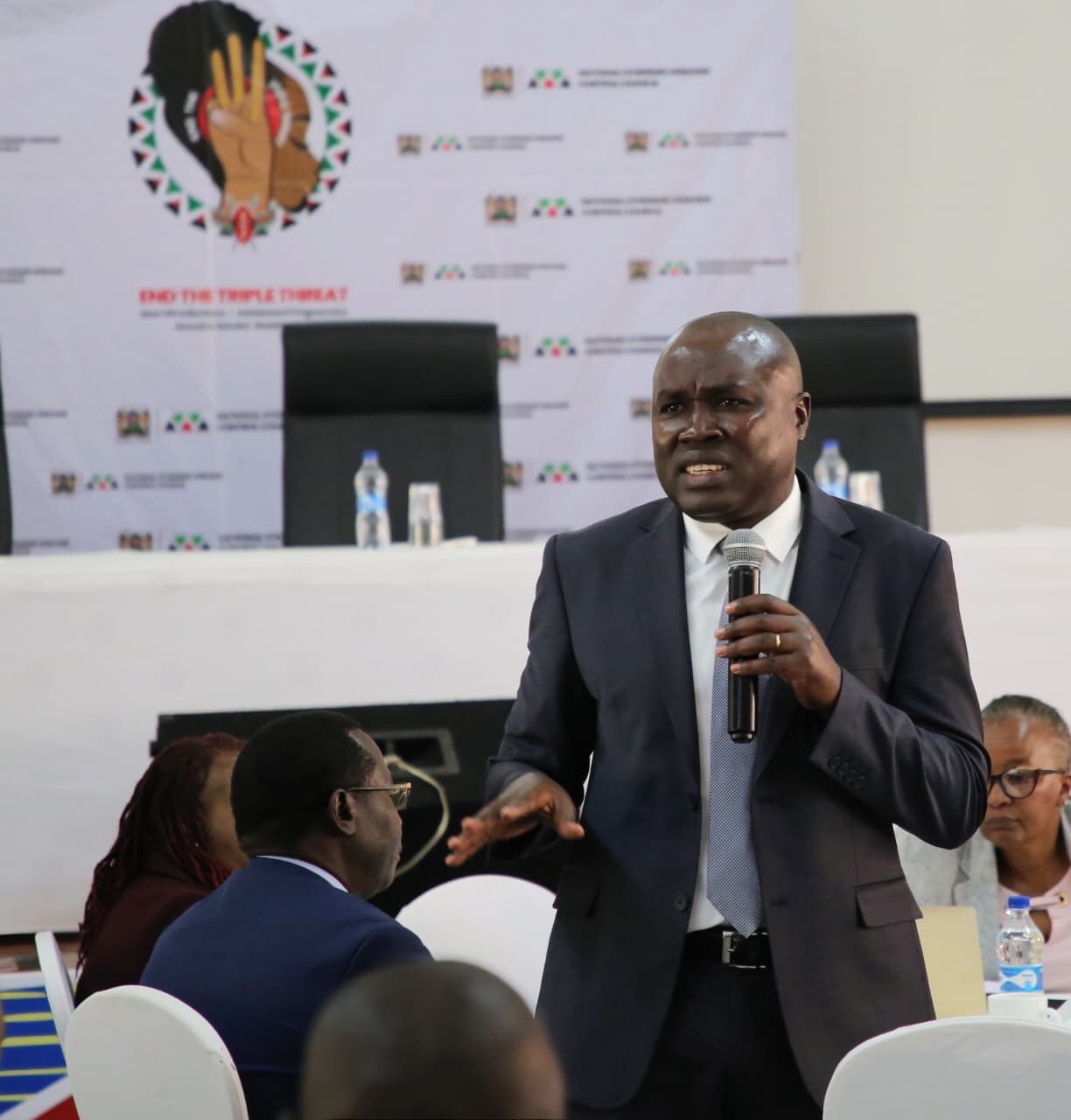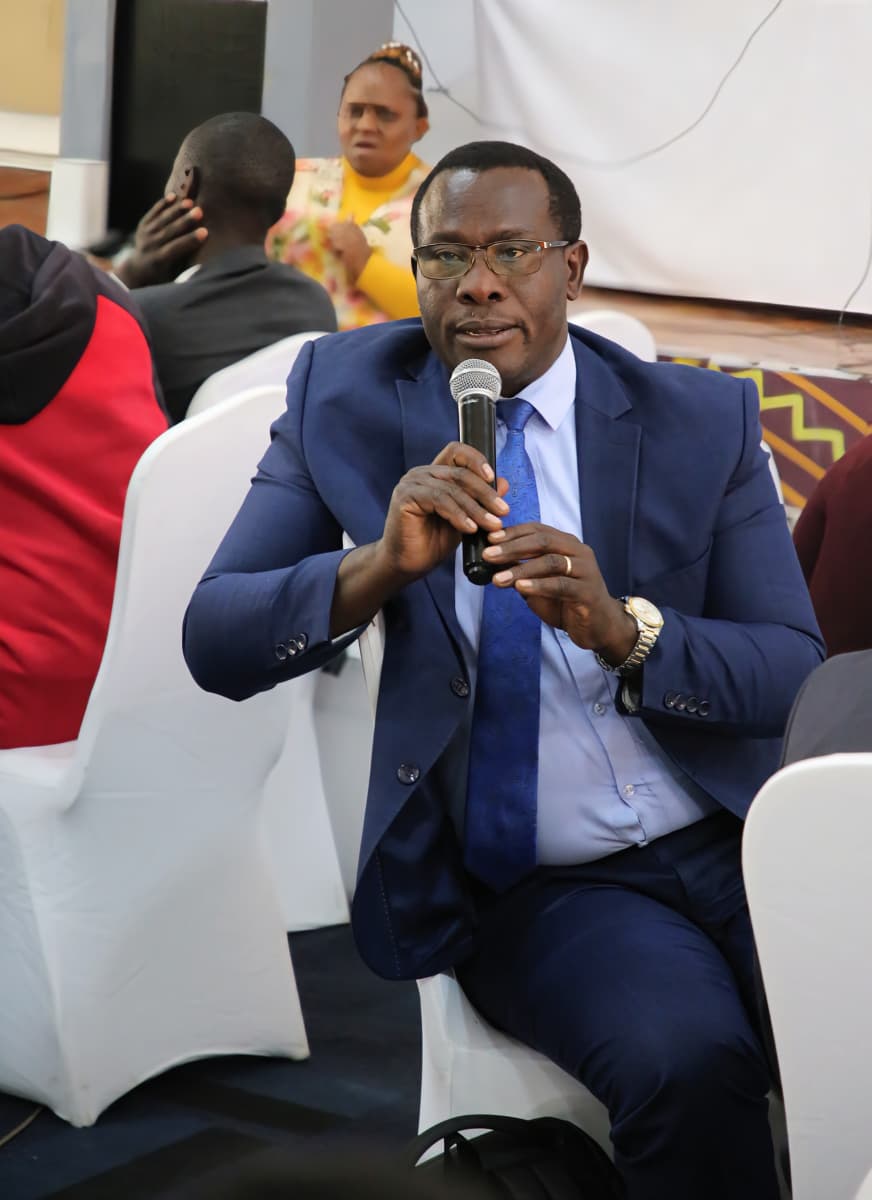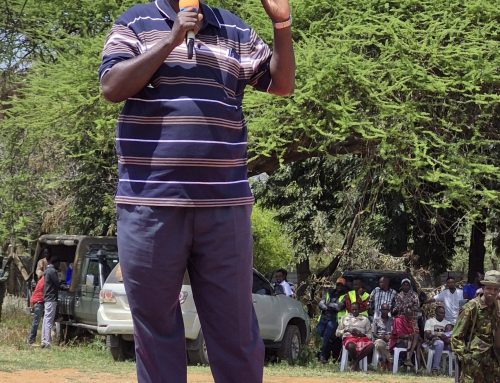Kenya continues to make notable strides in reducing new HIV infections, but significant challenges remain. This was highlighted during the HIV Inter-Agency Coordinating Committee (ICC) quarterly meeting held on the 25th August 2025.
The meeting, which brought together over 200 participants both physically and virtually, provided a platform for state and non-state stakeholders — including communities infected and affected by HIV — to review the country’s HIV response for the period April to July 2025.
Organized and chaired by the National Syndemic Diseases Control Council in partnership with the National AIDS and STIs Control Program (NASCOP), the forum drew wide representation from government agencies, County leadership, and civil society. Among those present were Dr. Samuel Kinyanjui, Country Director of the AIDS Healthcare Foundation; Roselyn Mungai, CECM for Health in Nakuru County; the Kenya Network of HIV-Positive Teachers; the Network of Elderly People Living With HIV; Deaf Empowerment Kenya; the Most at Risk Young Mothers and Teenage Girls Living with HIV Initiative; and Health Options for Young Men on HIV/AIDS/STIs Kenya, among others.
Speaking at the meeting, NSDCC Ag. CEO Douglas O. Bosire who is the chair of the committee, emphasized the importance of collaboration in sustaining momentum toward ending AIDS as a public health threat by 2030.
“This meeting is an important step in aligning ourselves to our shared vision of ending HIV as a public health threat by 2030. Despite operating in a resource-constrained environment, we must prioritize and ensure efficiency so that our actions have maximum impact on those infected and affected. I encourage open, objective discussions so that together we keep moving forward, one step at a time,” said Mr Bosire.
National HIV Programme updates
In his presentation, Joshua Gitonga, NSDCC Deputy Director for Health Metrics & Informatics, outlined emerging trends and ongoing challenges in the national response:
- Emerging Infections: While new HIV infections are declining nationally, some counties — including Kakamega, Kiambu, Mombasa, Migori, Kisumu, Nakuru, Siaya, and Busia — are recording rising trends.
- Vulnerable Populations: Young people and children remain disproportionately affected, underscoring the need for targeted prevention and care interventions.
- Mother-to-Child Transmission: Though reduced, transmission rates remain above the national target of below 5%, largely due to drop-offs from antiretroviral therapy.
- Testing Trends: HIV testing positivity declined from 2.2% to 1.3% between the last two quarters, but some counties — including Machakos, Kisii, Nairobi, and Kakamega — still report higher-than-average rates.
- Key Populations: Gaps persist in HIV testing and STI screening for female sex workers, men who have sex with men, and persons with disabilities.
Mr Gitonga underscored the need to:
- Strengthen human rights–based approaches in HIV response.
- Scale up community-based strategies that reach the most vulnerable.
- Expand access to enhanced diagnostics and treatment options.
- Sustain a community-centered response, ensuring that affected groups are meaningfully involved in shaping interventions.
With renewed commitment from Counties, partners, and communities, Kenya’s HIV response is charting a path of shared responsibility and action — moving the country closer to the goal of an HIV-free generation by 2030.
#NSDCC #EndAIDS #PublicHealth #YouthHealth









Leave A Comment